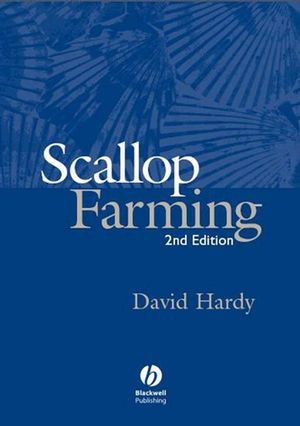

Most ebook files are in PDF format, so you can easily read them using various software such as Foxit Reader or directly on the Google Chrome browser.
Some ebook files are released by publishers in other formats such as .awz, .mobi, .epub, .fb2, etc. You may need to install specific software to read these formats on mobile/PC, such as Calibre.
Please read the tutorial at this link: https://ebookbell.com/faq
We offer FREE conversion to the popular formats you request; however, this may take some time. Therefore, right after payment, please email us, and we will try to provide the service as quickly as possible.
For some exceptional file formats or broken links (if any), please refrain from opening any disputes. Instead, email us first, and we will try to assist within a maximum of 6 hours.
EbookBell Team

4.1
80 reviewsIn this important new edition, experienced scallop farmer David Hardy offers the reader:
Scallop Farming, 2nd Edition is an essential tool for all those working in the scallop farming industry and will be an important source of reference for equipment manufacturers and suppliers, traders and policy makers, environmental and marine scientists and universities and research establishments where these areas are studied and taught.
Content: